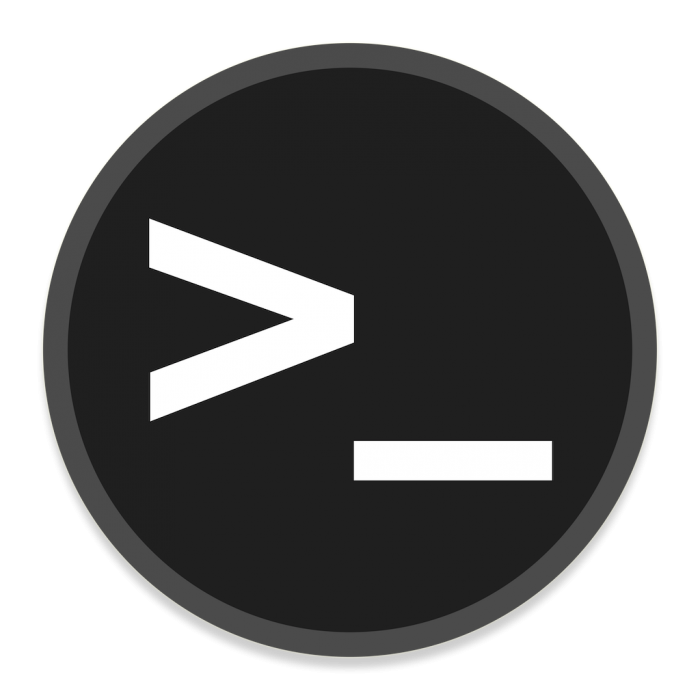

It’s not, and I think that Excel is often used where other tools would be more-appropriate because of existing expertise with Excel, but you don’t necessarily need to use a database for all tasks where a bunch of data gets stored.
I have plenty of scripts that deal with large amount of schlorped up data that just leave it in a text file, and Unix has a long and rich tradition and toolset for using text files for data storage and processing data in them in bulk.
GNU R, a statistics package, has a lot of tools to schlorp up data from many sources, including scraping it from the web, and storing it large data frames to be processed and maybe visualized. It’s probably rather more performant than databases for some kinds of bulk data processing.
Okay, so…is it appropriate here?
One thing that spreadsheets can be handy for is for making specialized calculators that plonk some data into some simple model and spit out a result. Having, say, the current temperature in a given city may be a perfectly reasonable input to make available to a spreadsheet, I think.







This sort of thing is one of those examples why “no log, no profile” service is probably a good idea. The service could have offered the option to charge a fee for access, but not retain customer activity data. They didn’t do that. At some point down the line, someone got ahold of the data, which I imagine that their customers are not really super keen on having floating around attached to their identities.
Probably a lot of companies out there that log and retain a lot of data about their customers.